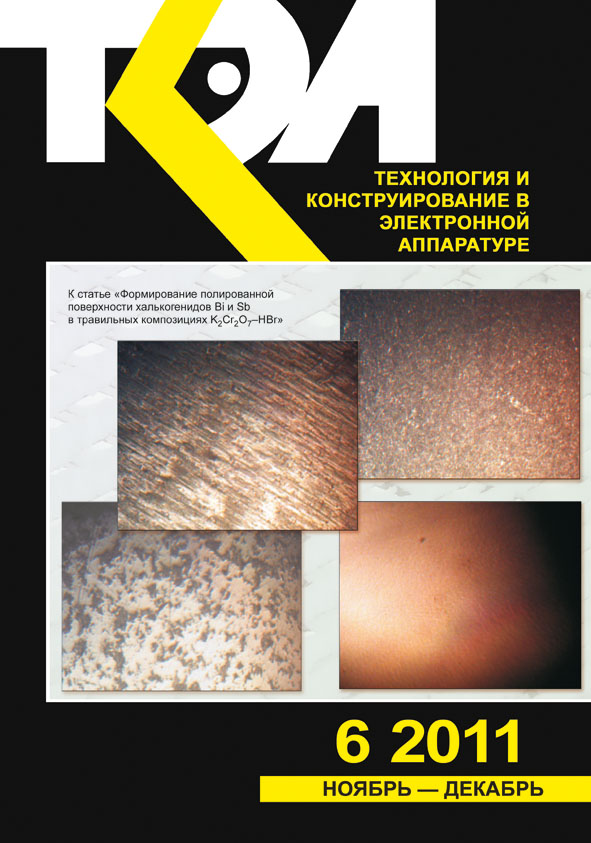Research of the tolerable pulsed power of silicon p+–p–n+-structure
Abstract
The conducted researches of the thermal parameters of the silicon p+–p–n+-structure under the influence of the pulse signal have shown that the structure thermal resistance decreases in proportion to the decrease in the thickness of the base region and the dependence of the superheating temperature of the pulsed power is close to exponential, which increases the withstanding capacity. A decrease in the thickness of the base region from 500 to 250 microns for a given temperature overheating can improve power handling diode p+–p–n+-structure by 30%.
Copyright (c) 2011 Karimov A. V., Yodgorova D. M., Abdulhaev O. A., Karimov A. A., Asanova G. O.

This work is licensed under a Creative Commons Attribution 4.0 International License.

